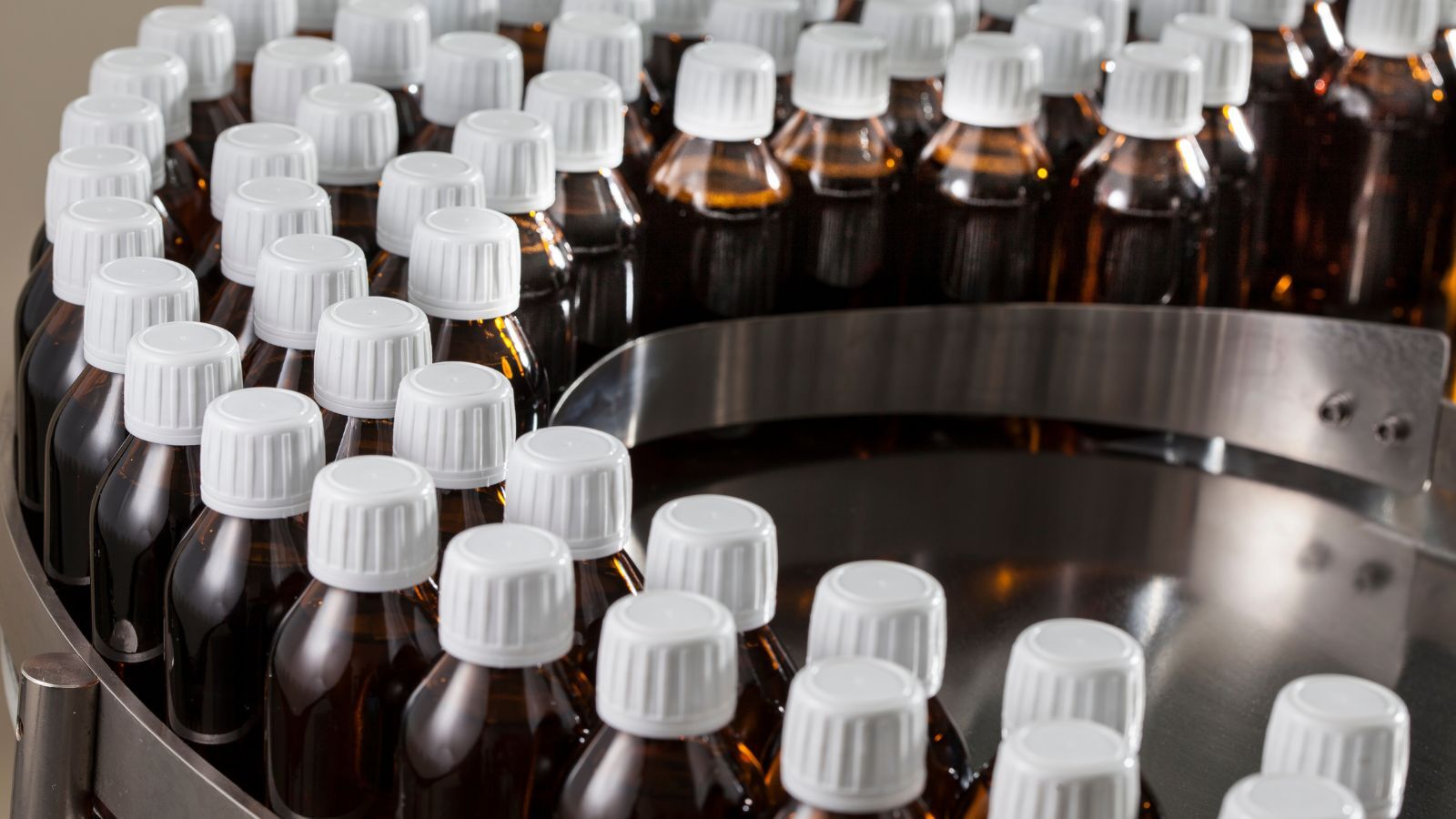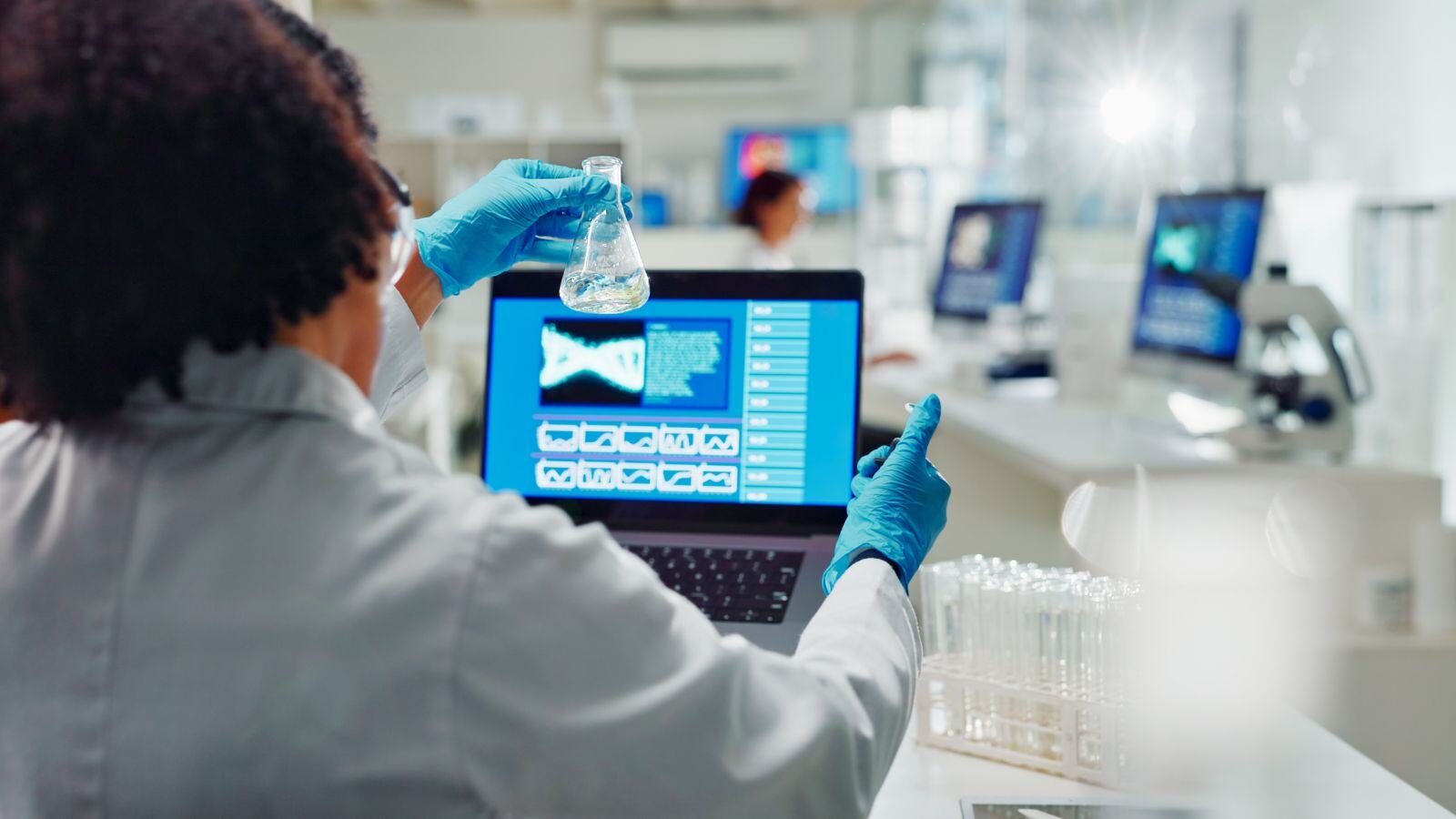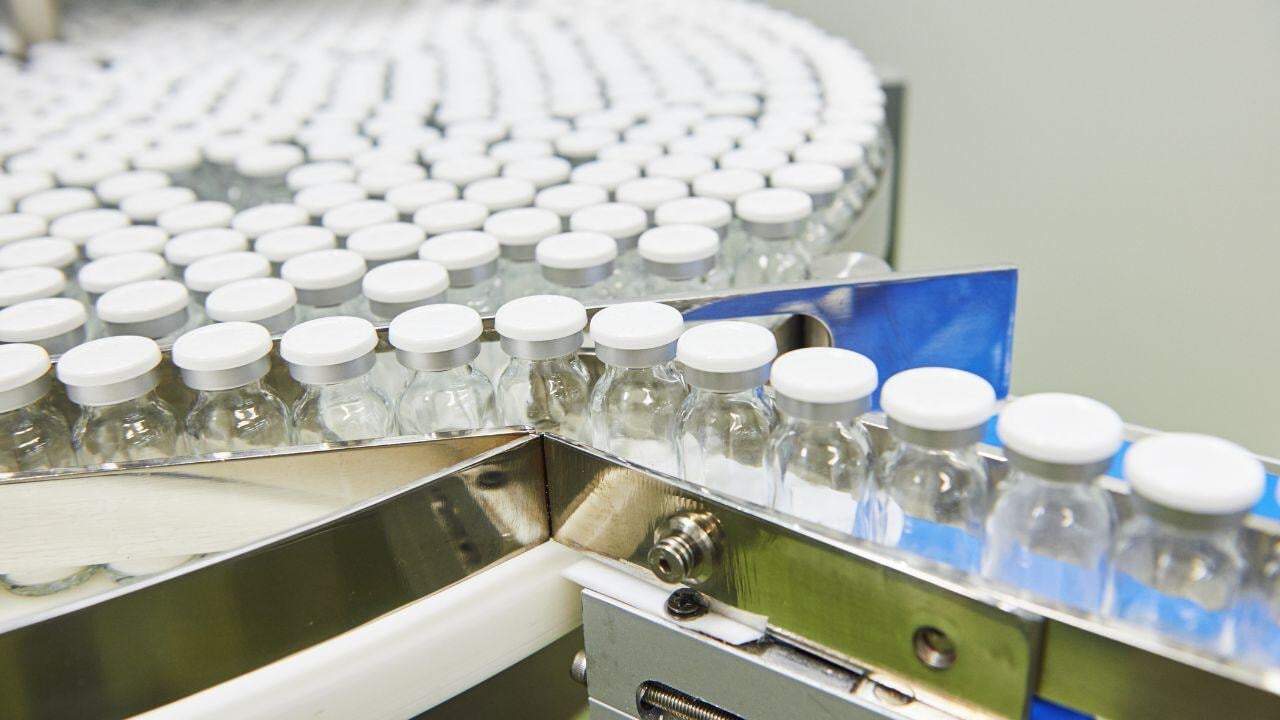Introduction
Did you know that the precision of analytical methods directly influences the safety and efficacy of pharmaceutical products? Understanding the latest guidelines on method validation is not just a regulatory requirement; it’s a cornerstone of quality assurance.
In an era where precision and reliability in drug manufacturing are more critical than ever, the ICH Q2(R2) guideline emerges as a beacon of standardization and excellence. It not only reflects the latest scientific advancements in analytical procedures but also seamlessly aligns with the ICH Q14 guidelines on Analytical Procedure Development.
This comprehensive revision introduces a groundbreaking approach to the validation of analytical methods, embracing both traditional and modern techniques. From spectral analysis to multivariate statistical methods, the new guideline encapsulates a forward-thinking perspective on drug validation processes.
By diving into this article, you’ll not only decode the complexities of the ICH Q2(R2) but also uncover practical insights on applying these guidelines to enhance your analytical validation processes. Whether you’re in quality control, R&D, or regulatory affairs, this guide will arm you with the knowledge to navigate the new standards effectively.
We understand the challenges you face in keeping up with regulatory changes and ensuring your analytical methods meet the highest standards. That’s why we’ve distilled the essence of the ICH Q2(R2) guidelines into a comprehensive yet digestible format, empowering you to lead your projects with confidence and compliance.
The final text of ICH Q2(R2) on “Validation of Analytical Procedures” is adopted by the ICH Assembly Regulatory Members and will be effective from 14 June.
You can read the complete revised guideline here: ICH Q2(R2)
The New ICH Q2(R2) is a Complete revision of the guideline to include more recent application of analytical procedures and to align content with ICH Q14 “Analytical Procedure Development”.
Background of ICH Q2
What do the Q’s – Quality guidelines represent?
Harmonisation achievements in the Quality area include pivotal milestones such as the conduct of stability studies, defining relevant thresholds for impurities testing and a more flexible approach to pharmaceutical quality based on Good Manufacturing Practice (GMP) risk management.
This huge work through the Quality’s topic conduct to 14 Quality guidelines as listed here:
|
ICH Guideline Reference
|
Topic and Series Title
|
Subtopic Title or Topic Description
|
|---|---|---|
|
Q1
|
Stability
|
A. Stability Testing of New Drug Substances and Products B. Stability Testing: Photostability Testing of New Drug Substances and Products C. Stability Testing for New Dosage Forms D. Bracketing and Matrixing Designs for Stability Testing of New Drug Substances and Products E. Evaluation of Stability Data F. Stability Data Package for Registration Applications in Climatic Zones III and IV
|
|
Q2 Q2(R2)/Q14
|
Analytical Validation
|
Validation of Analytical Procedures: Text and Methodology
|
|
Q3
|
Impurities
|
A. Impurities in New Drug Substances B. Impurities in New Drug Products C. Maintenance of the Guideline for Residual Solvents D. Guideline for Elemental Impurities E. Impurity: Assessment and Control of Extractables and Leachables for Pharmaceuticals and Biologics
|
|
Q4
|
Pharmaco-poeias
|
A. Pharmacopoeial Harmonisation B. Evaluation and Recommendation of Pharmacopoeial Texts for Use in the ICH Regions
|
|
Q5
|
Quality of Biotechno-logical Products
|
A. Viral Safety Evaluation of Biotechnology Products Derived from Cell Lines of Human or Animal Origin B. Analysis of the Expression Construct in Cells Used for Production of r-DNA Derived Protein Products C. Quality of Biotechnological Products: Stability Testing of Biotechnological/ Biological Products D. Derivation and Characterisation of Cell Substrates Used for Production of Biotechnological/Biological Products E. Comparability of Biotechnological/ Biological Products Subject to Changes in Their Manufacturing Process
|
|
Q6
|
Specifications
|
A. Specifications: Test Procedures and Acceptance Criteria for New Drug Substances and New Drug Products: Chemical Substances B. Specifications: Test Procedures and Acceptance Criteria for Biotechnological/Biological Products
|
|
Q7 Q7 Q&As
|
Good Manufactur-ing Practice Guide for Active Pharmaceuti-cal Ingredients
|
This document is intended to provide guidance regarding Good Manufacturing Practice (GMP) for the manufacturing of Active Pharmaceutical Ingredients (APIs) under an appropriate system for managing quality.
|
|
Q8 Q8/9/10 Q&As Q8/9/10 Implementation
|
Pharmaceuti-cal Development
|
To describe the suggested contents for the 3.2.P.2 (Pharmaceutical Development) section of a regulatory submission. The Pharmaceutical Development section should describe the knowledge that establishes that the type of dosage form selected and the formulation proposed are suitable for the intended use.
|
|
Q9
|
Quality Risk Management
|
To provide principles and examples of tools for quality risk management that can be applied to different aspects of pharmaceutical quality.
|
|
Q10
|
Pharmaceuti-cal Quality System
|
To describe one comprehensive model for an effective pharmaceutical quality system that is based on International Standards Organisation (ISO) quality concepts, includes applicable Good Manufacturing Practice (GMP) regulations and complements ICH Q8 and ICH Q9.
|
|
Q11 Q11 Q&As
|
Development and Manufacture of Drug Substances
|
Chemical Entities and Biotechnological/Biological Entities To describe approaches to developing and understanding the manufacturing process of the drug substance, and also provide guidance on what information should be provided in the dossier.
|
|
Q12
|
Technical and Regulatory Considera-tions for Pharmaceuti-cal Product Lifecycle Management
|
To provide a framework to facilitate the management of postapproval chemistry, manufacturing, and control (CMC) changes in a more predictable and efficient manner.
|
|
Q13
|
Continuous Manufactur-ing of Drug Substances and Drug Products
|
Builds on existing ICH Quality Guidelines, provides clarification on continuous manufacturing (CM) concepts, describes scientific approaches, and presents regulatory considerations specific to CM of drug substances and drug products; Focuses on the integrated aspects of a CM system in which two or more unit operations are directly connected; Describes scientific and regulatory considerations for the development, implementation, operation, and lifecycle management of CM.
|
|
Q14 Q2(R2)/Q14
|
Analytical Procedure Development
|
The Q2(R2)/Q14 EWG developed a new ICH Quality Guideline, ICH Q14, on Analytical Procedure Development, and revised the ICH Q2(R1) Guideline on Validation of Analytical Procedures.
|
The 30 years of History for the Q2:
|
Code
|
History
|
Date
|
|---|---|---|
|
Q2
|
Approval by the Steering Committee under Step 2 and release for public consultation
|
26 October 1993
|
|
Q2A
|
Approval by the Steering Committee under Step 4 and recommendation for adoption to the three ICH regulatory bodies
|
27 October 1994
|
|
Q2B
|
Approval by the Steering Committee under Step 2 and release for public consultation
|
29 November 1995
|
|
Q2B
|
Approval by the Steering Committee under Step 4 and recommendation for adoption to the three ICH regulatory bodies
|
6 November 1996
|
|
Q2(R1)
|
The parent guideline is now renamed Q2(R1) as the guideline Q2B on methodology has been incorporated to the parent guideline. The new title is “Validation of Analytical Procedures: Text and Methodology”.
|
November 2005
|
|
Q2(R2)
|
Complete revision of guideline to include more recent application of analytical procedures and to align content with Q14. Endorsement by the Members of the ICH Assembly under Step 2 and release for public consultation.
|
24 March 2022
|
|
Q2(R2)
|
Adoption by the Regulatory Members of the ICH Assembly under Step 4.
|
1 November 2023
|
|
Q2(R2)
|
Error Correction to Table 5: Dissolution with HPLC as product performance test for an immediate release dosage form Reportable Range Linearity formulae on page 25; Correction to Tables 6-11 on pages 26-32
|
30 November 2023
|
-
2024: the essential Mix of Q2(R2)/Q14
-
ICH Q2(R2) provides guidelines for demonstrating evidence that an analytical procedure is fit for purpose.
-
ICH Q14 describes scientific principles and a risk-based approach for the development of suitable analytical procedures.
WHY?
Together, ICH Q2(R2) and ICH Q14 cover the development and the validation activities used to assess the quality of the product during the life cycle of an analytical procedure.
The New ICH Q2(R2) and Q14 were developed in parallel and are intended to complement Q8 to Q12 as well as Q13.

The New ICH Q2(R2) and Q14 were developed in parallel and are intended to complement Q8 to Q12 as well as Q13.
Objective of Validation of analytical procedure
The ICH Q2(R2) presents elements for consideration during the validation of analytical procedures included as part of registration applications. It provides guidance on selection and evaluation of the various validation tests for analytical procedures.
This guideline includes a collection of terms and their definitions, which are meant to bridge the differences that often exist between various compendia and documents of the ICH member regulatory authorities.
Scope of ICH Q2(R2)
The scope of the revision of ICH Q2(R1) includes validation principles that cover analytical use of spectroscopic or spectrometry data (e.g., NIR, Raman, NMR or MS) some of which often require multivariate statistical analyses.
This guideline applies to new or revised analytical procedures used for release and stability testing of commercial drug substances and products (chemical and biological/biotechnological). The guideline can also be applied to other analytical procedures used as part of the control strategy following a risk-based approach.
This new guideline is intended to improve regulatory communication between industry and regulators and facilitate more efficient, sound scientific and risk-based approval as well as post-approval change management of analytical procedures.
Main Changes in the ICH Q2
Here, you will find what do the main changes consist of in the new ICH Q2(R2), and the new philosophy and mindset around the validation activities:
-
Suitable data derived from development studies (see ICH Q14) can be used as part of validation data.
-
When an established platform analytical procedure is used for a new purpose, reduced validation testing is possible, when scientifically justified.
-
Some definitions have been amended to be more aligned with biological and non-linear analytical procedures as for linearity → Reportable range.
-
The table of performance characteristics vs validation tests has been updated:
Linearity has been replaced by “Working Range” and consists of “Suitability of calibration model” and “Lower Range Limit verification” (QL/DL)
Depending on the sample preparation and the analytical procedure selected, the reportable range will lead to a specific working range.
Here, you will find what do the main changes consist of in the new ICH Q2(R2), and the new philosophy and mindset around the validation activities:
-
Suitable data derived from development studies (see ICH Q14) can be used as part of validation data.
-
When an established platform analytical procedure is used for a new purpose, reduced validation testing is possible, when scientifically justified.
-
Some definitions have been amended to be more aligned with biological and non-linear analytical procedures as for linearity → Reportable range.
-
The table of performance characteristics vs validation tests has been updated: Linearity has been replaced by “Working Range” and consists of “Suitability of calibration model” and “Lower Range Limit verification” (QL/DL). Depending on the sample preparation and the analytical procedure selected, the reportable range will lead to a specific working range.

New Annex 1

-
The concept of Multivariate Calibration has been added. Multivariate Calibration Algorithms can be linear or non-linear, as long as the model is appropriate for establishing the relationship between the signal and the quality attribute of interest. Linearity assessment, apart from comparison of reference and predicted results should include information on how the analytical procedure error (residuals) changes across the calibration range.
-
Validation during the lifecycle, including “Co-validation” and “Cross Validation” concepts have been added and are in-line with the objective of ICH-Q14:
-
to harmonize the scientific approaches for developing and validating of analytical procedures.
-
to combine the approach of the Q14 by considering the Analytical Target Profile (ATP) to define the quality attributes and performance criteria of the analytical procedure.
-
to provides guidance on how to manage changes to analytical procedures
-
To complement the ICH Q2(R2)
-
Expected Benefits of ICH Q2(R2)
The goal of development and validation is to obtain an analytical procedure fit for the intended purpose: to measure an attribute or attributes of the material with the needed specificity/selectivity, accuracy, precision over the reportable range.
While the minimal approach of the ICH Q2(R2) remains an acceptable approach to development of a robust analytical procedure that is fit for the intended purpose, some or all elements of the enhanced approach of the ICH Q2(R2) might be used to support development, validation and lifecycle management of analytical procedures.
These concepts increase the benefit of the new ICH Q2(R2)/Q14:
- Expansion of the scope to all non-linear, biological and multivariate methods
- Possibility to use development and prior-knowledge data to complement validation.
- General methodology revised to include Biotechnological products and statistical data evaluations.
- Clarification on terminology to bridge the differences that often exist between various compendia documents.
- Annex 2 is consistent: Illustrative examples for analytical techniques.







.png?width=109&height=108&name=Pharma%20(2).png)
.png?width=111&height=108&name=Medical%20Devices%20(2).png)
.png?width=84&height=107&name=IVD%20(2).png)









